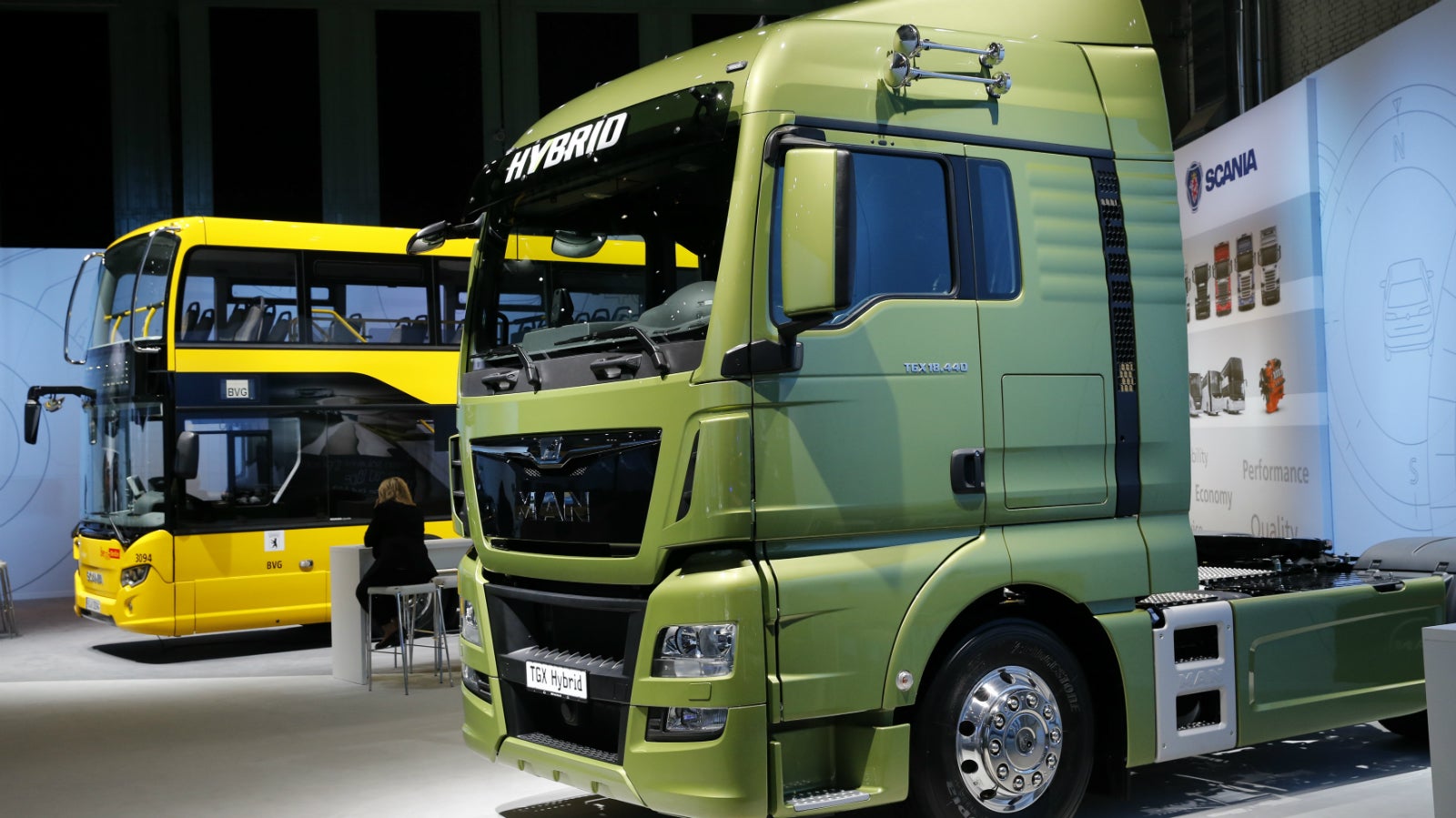Why Volkswagen is giving up on making trucks in India
The Indian commercial vehicles segment is growing rapidly, yet foreign players are bowing out.


The Indian commercial vehicles segment is growing rapidly, yet foreign players are bowing out.
On Aug. 08, Volkswagen-owned MAN Trucks and Bus said it will pull out of India. “The manufacturing, sales, and exports of the CLA range (a specific kind of truck model) will be stopped after the existing customer orders are completed,” the company said in a statement, without citing any reason for the decision.
The company will sell its 12-year-old manufacturing facility in Pithampur, Madhya Pradesh, and compensate the employees affected by the move.
MAN is the second international heavy vehicles brand to call it quits in India this year.
This comes after Swedish major Scania (a sister concern of Volkswagen), in June, announced it was ending its bus body-building operations at a plant near Bengaluru due to a lack of demand for premium buses.
The irony of their departure amidst a boom in India’s commercial vehicles segment—over 51% year-on-year growth in June—is self-evident. In the same period last year, it witnessed a de-growth of 9.08%.
The reason for the exits is a series of recent upheavals in the country’s policy environment.
“For global OEMs (original equipment manufacturers) to survive and prosper, you need a structured regulatory framework because the automobile industry requires long-term investments,” Puneet Gupta, associate director at global information provider IHS Markit, said. “Too many policy changes are always a deterrent for them.”
Incessant changes
In 2016, the government announced it was jumping to the Bharat Stage (BS) VI emission norms by 2020 from the existing BS IV, skipping a phase. In 2017, the supreme court banned the sale and registration of vehicles not compliant with BS IV after March 31, 2017. These moves imposed a huge financial burden on firms that had to adapt their technologies quickly.
Adding to the pressure, India introduced the goods and services tax on July 01, 2017, which led to a nationwide slump as customers deferred purchases and vehicle dispatches to dealers dipped.
And then, last month, the government increased the maximum load-carrying capacity of heavy vehicles, including trucks, up to 25%. This is feared to hit truck makers badly, as fleet operators would limit their buying in the short-term.
In any case, India’s truck-making industry is dominated by domestic giants Tata Motors, Ashok Leyland, and Mahindra and Mahindra. It would take huge investments for a foreign player to compete.
“To survive in such a market, these foreign companies (OEMs) need to heavily invest in building a dealership network. Otherwise, they have no option but to exit,” Gupta said. And making such investments in a low-margin market like India is a challenge. “Globally, there are a lot of adversities these companies are already battling,” Gupta said. “Hence they want to focus on their key profit markets, which, unfortunately, India isn’t.”
Correction: An earlier version of this post incorrectly mentioned that GM pulled out of India this year. The company, in fact, exited India last year.